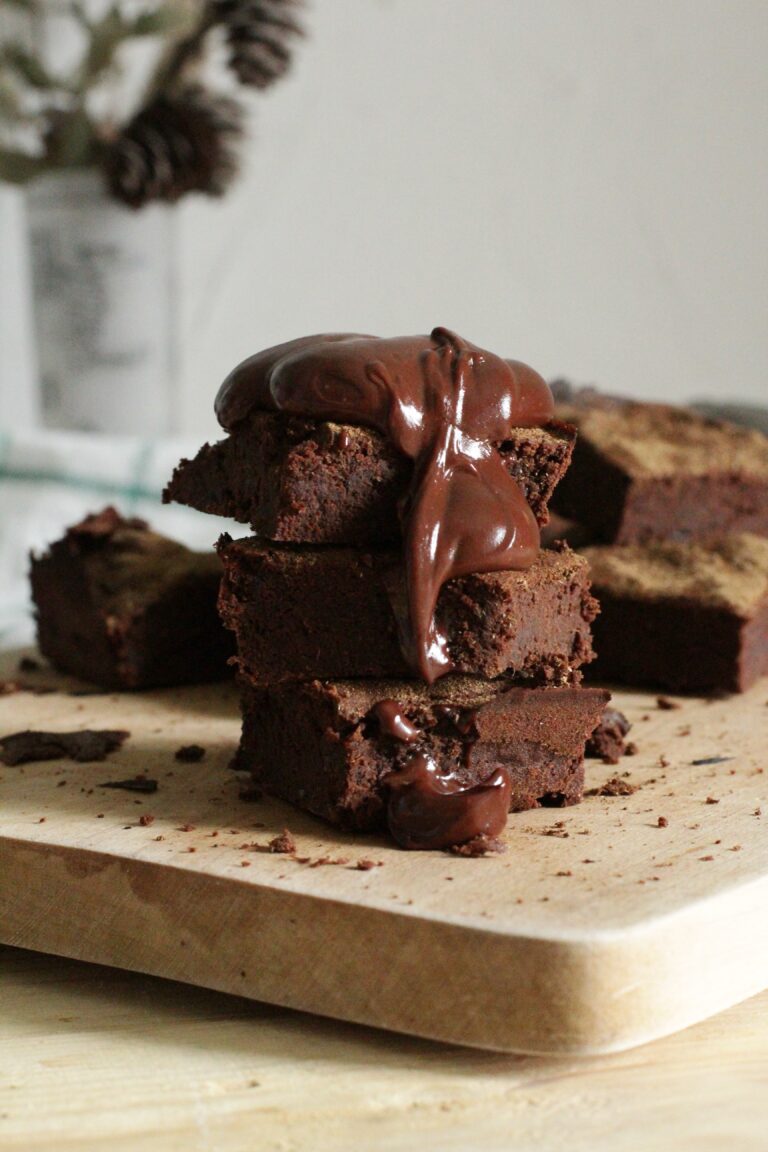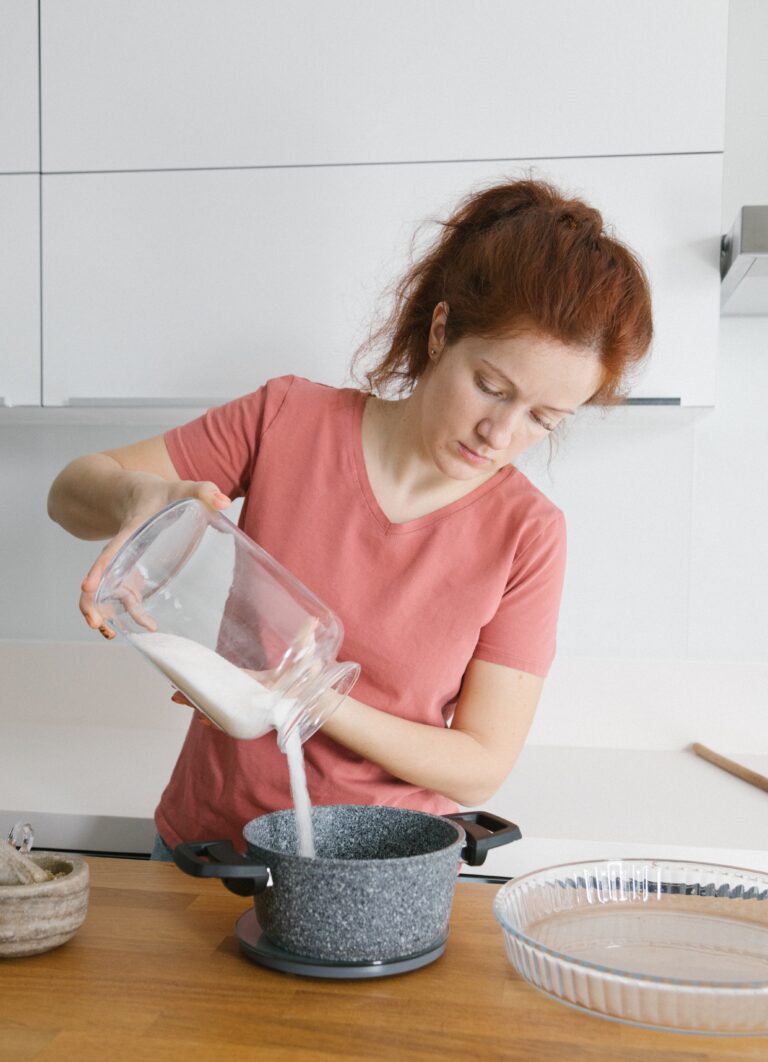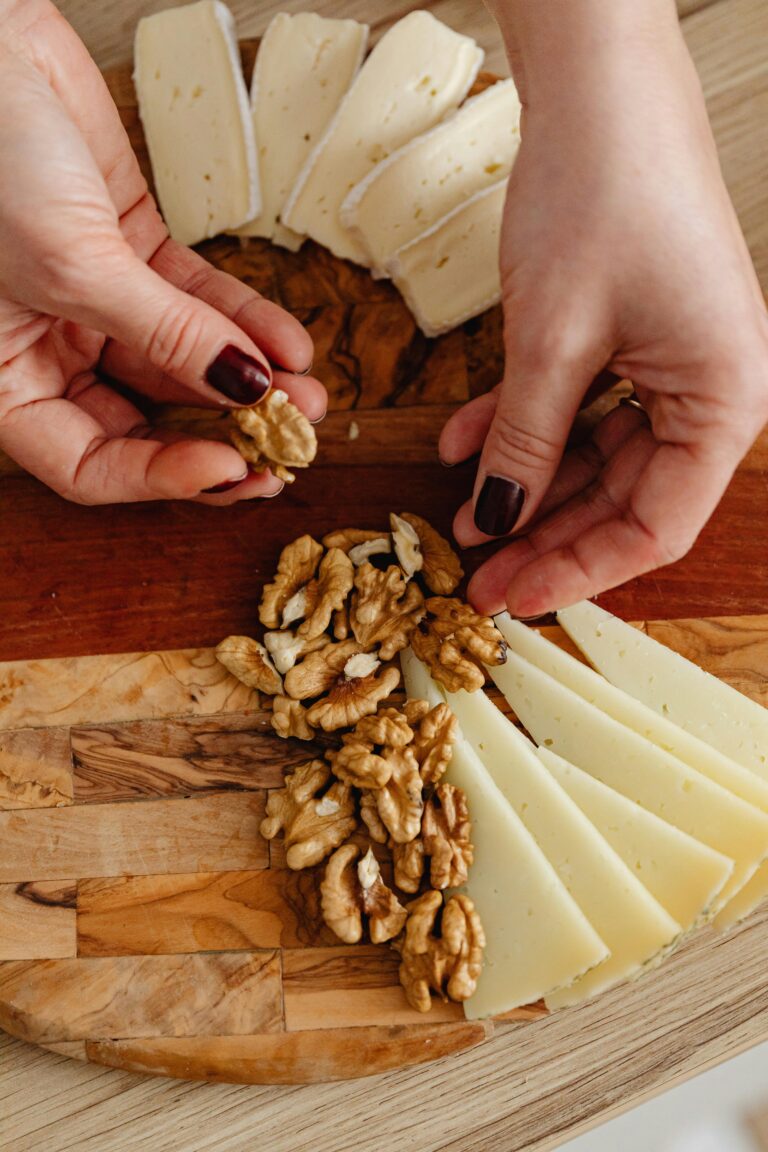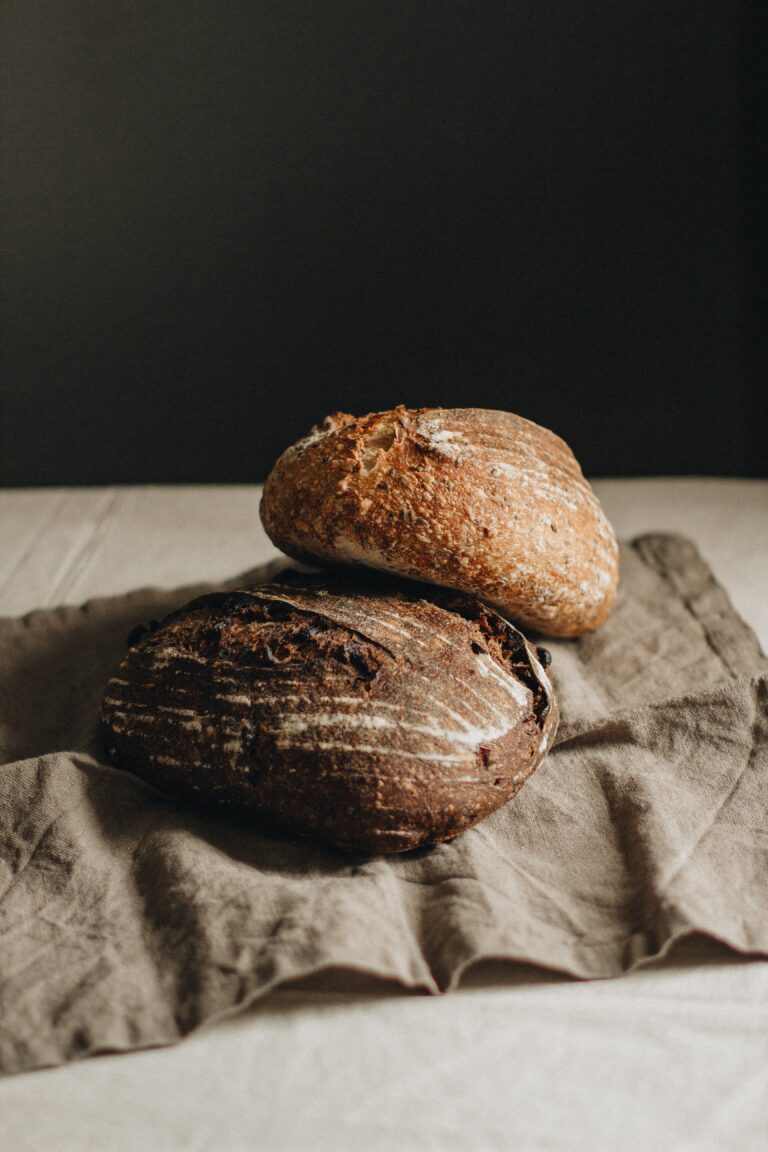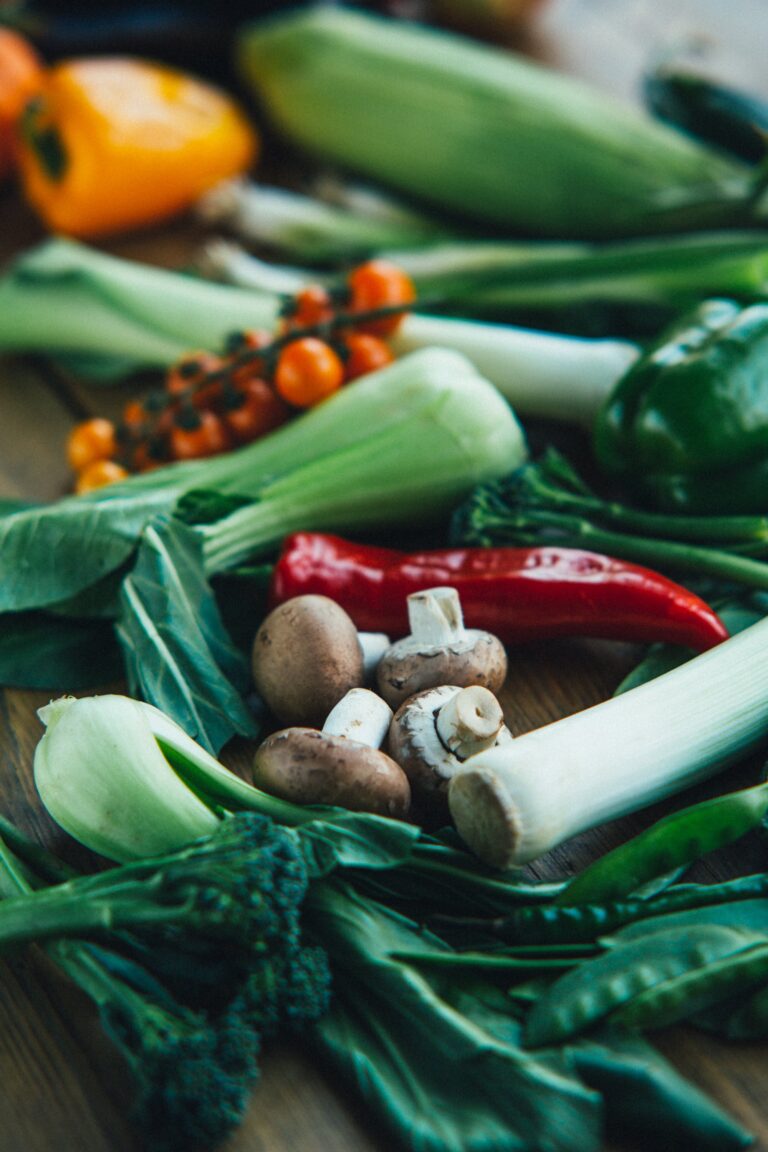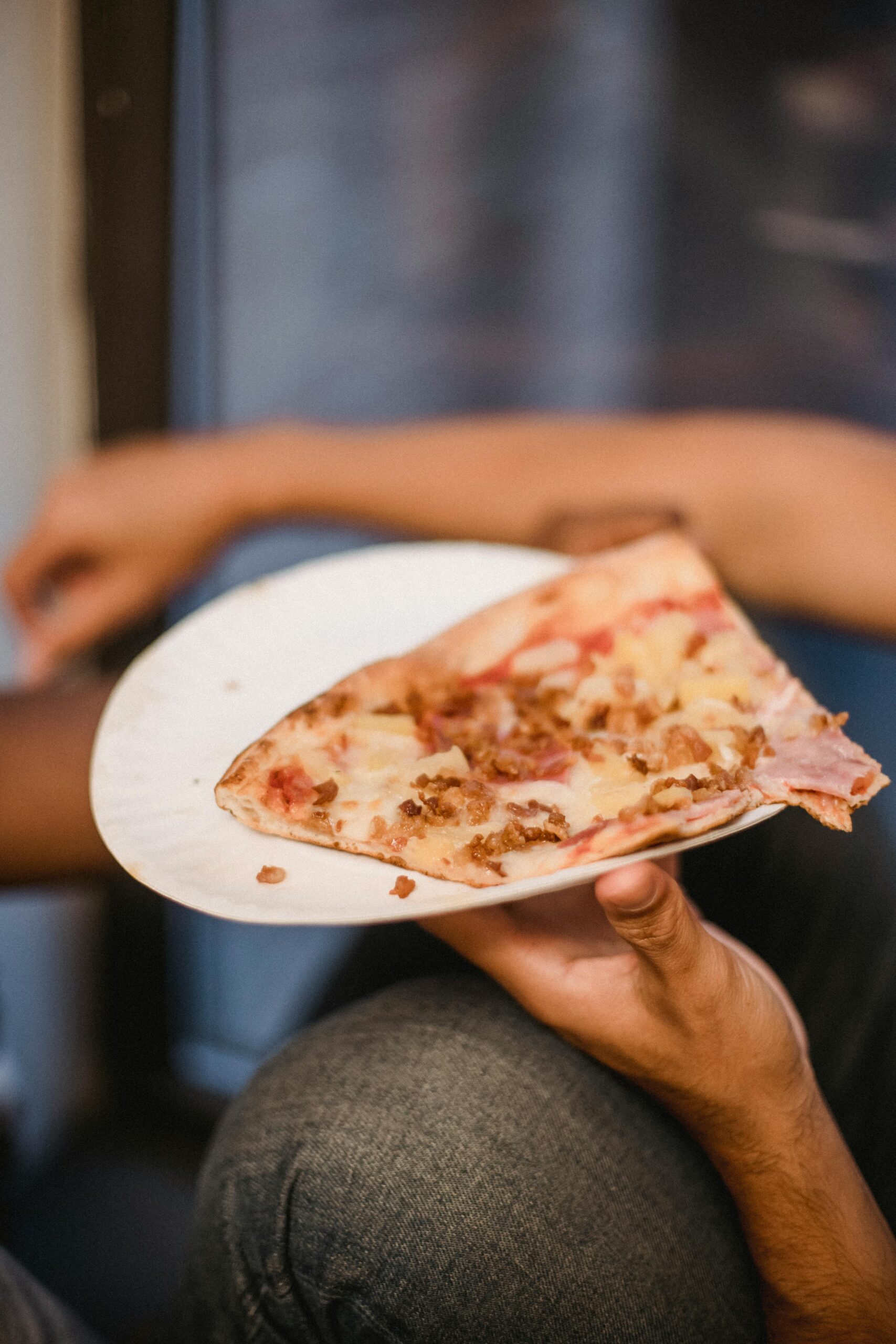
Welcome to the age of microwave convenience, where quick meals have become synonymous with busy lifestyles. However, when reaching for that stack of paper plates, have you ever paused to ponder, “Is this microwave safe?” Let’s dive into the world of microwave paper plates and unravel the mystery for your next heat-and-eat session.
The Lowdown on Microwave Use and Safety
Microwave ovens have become a staple in households for heating food efficiently using electromagnetic waves. But not all household items are created equal in the face of microwave radiation. The good news is, many paper products like plain white paper plates, paper towels, paper napkins, coffee cups and certain paper bowls are crafted for this very purpose.
How Does a Microwave Work
A microwave oven uses a device called a magnetron to generate microwaves, a type of electromagnetic radiation. These microwaves penetrate food and cause the water molecules within to vibrate rapidly. This vibration creates thermal energy, which heats and cooks the food. The process is efficient because microwaves target the water molecules directly, heating food quickly and relatively uniformly.
Suggested: Can You Put Glass in the Microwave
Understanding Microwave-Safe Labels
Microwave-safe paper plates are often labeled as such, providing peace of mind for those concerned about microwave food safety. These plates are designed to withstand high temperatures without a risk of the plate combusting or leaching harmful chemicals into your food.
What Does the MicrowaveSafe Symbol Look Like
The microwave-safe symbol typically looks like a microwave, or it may be a series of wavy lines representing microwaves. It can also be a dish set below radiating waves, a simple square with small dishes in the corner, or the words “microwave safe” written out. Always check for this symbol on the bottom or back of the microwave-safe dish to ensure it is safe for microwave use.
What Can’t You Put in the Microwave
You cannot put metal plates, aluminum foil, styrofoam, plastic bags, some plastics, and anything flammable or with metallic decoration in the microwave, as they can cause fires, release toxic fumes, or damage the appliance. Always check if an item is labeled microwave-safe to avoid potential risks.
What Can You Microwave
You can microwave food and beverages in microwave-safe containers made of glass, ceramic, and some plastics specifically designed for microwave use. Look for a microwave-safe label or symbol on the container to ensure it’s suitable for microwaving and excessive heat.
How to Test if a Paper Plate is Microwave Safe
To test if a paper plate is microwave-safe, place the plate in the microwave with a cup of water on it. Heat on high for one minute. If the plate remains cool and the water gets hot, the plate is likely safe to use. If the plate heats up, it’s not microwave-safe and should not be used for heating food. Always check for a microwave-safe label as the best indicator.
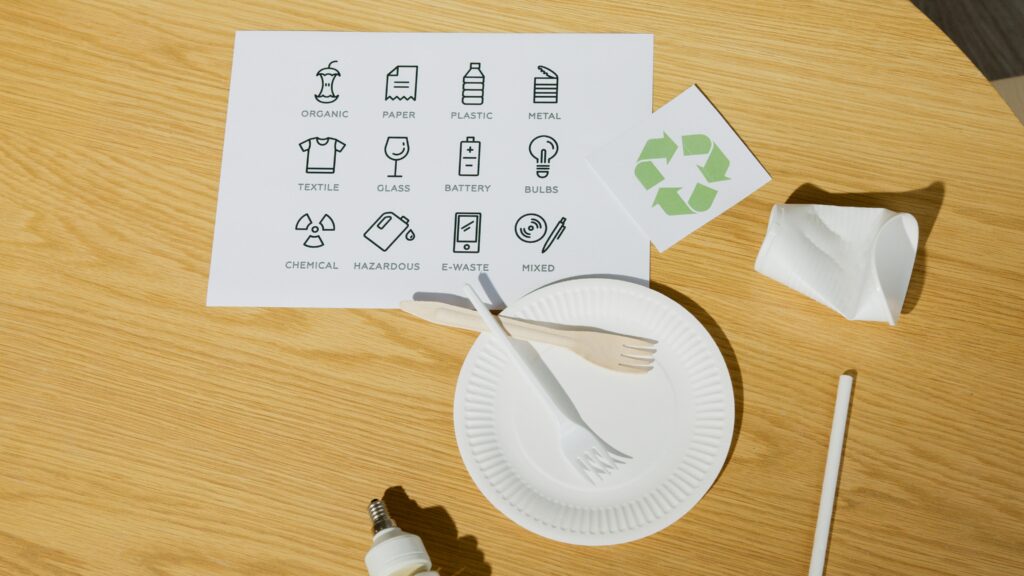
Which Types of Paper Plates Are Safe to Microwave
However, not all paper products are safe for microwave use. Using the wrong type of paper plate, like those with a thin layer of plastic coating, wax paper, or brown paper bags, can lead to a fire hazard or release dangerous chemicals such as bisphenol A (BPA) and PFAS coatings, especially under high heat.
Pure Paper Plates
Yes, pure paper plates without any metallic ink, plastic coating, or decorative features can generally be microwaved. However, always check for a microwave-safe label to be sure.
Coated Paper Plates
Coated paper plates, such as those with a glossy finish or plastic lining, should not be microwaved unless they are specifically labeled as microwave-safe. The coating may contain materials that could melt or leach chemicals when heated.
Decorated Paper Plates
Decorated paper plates may not be microwave-safe if the decorations contain metal-based inks or materials that are not suitable for microwaving. It is important to check for a microwave-safe label or to use plain, undecorated paper plates to avoid any safety issues.
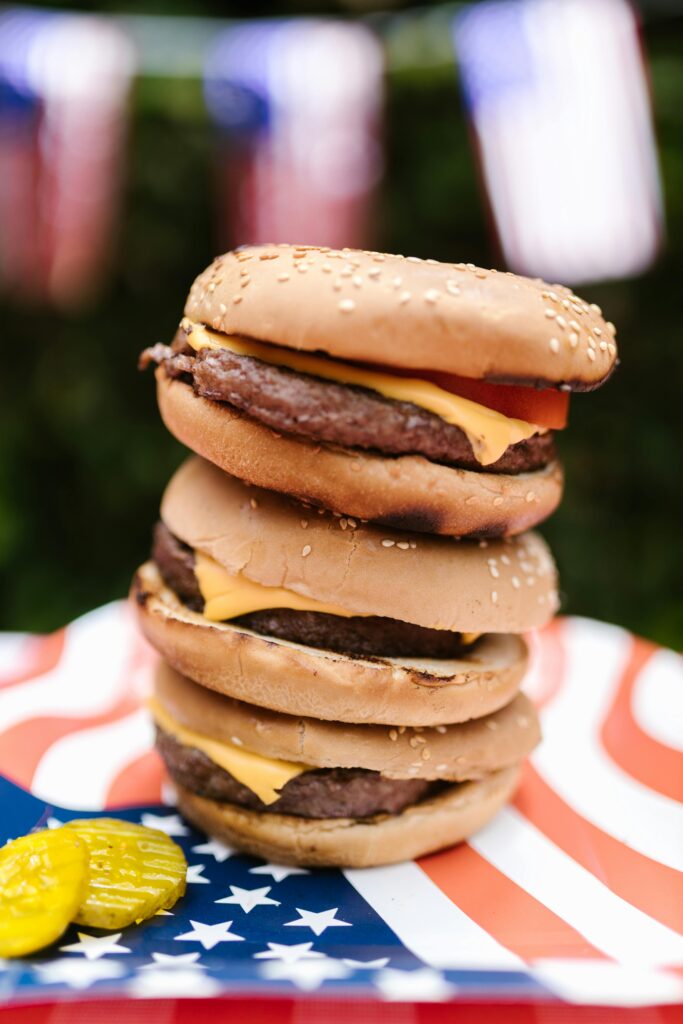
Other Disposable Plates
Disposable plates, like plastic plates or those with metallic paints and designs, should be used with caution. Always err on the side of caution and opt for microwave-safe plates, which are free from any coatings or treatments that could pose health risks.
Other Microwave Safety FAQs
While disposable dishes offer an easy way out of dirty dishes, it’s essential to conduct due diligence to ensure microwave safety. For instance, Glad disposable paper plates are a great option that are labeled safe for microwave use. Compostable plates, made from eco-friendly materials like paper pulp, are another excellent choice for those seeking to combine convenience with environmental responsibility.
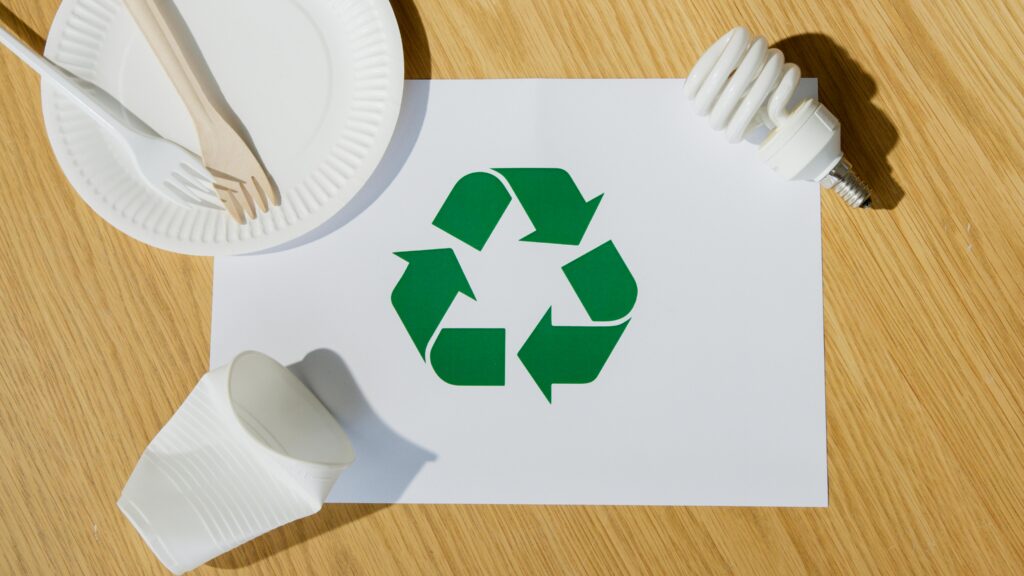
The Verdict on Paper Plates in Microwaves
So, can you put paper plates in the microwave? The short answer is yes, but with a keen eye for the microwave-safe label. Uncoated paper plates are often the safest bet for short periods of time and at reasonable cooking times. For the best results, follow the manufacturer’s instructions of your microwave oven and ensure the paper material is suitable for food contact at high temperatures.
Other Helpful Kitchen Guides
- How To Compost Coffee Grounds
- How to Clean a Wooden Cutting Board
- The Different Uses for a Bread Knife
- How Long Does Leftover Sushi Last in the Fridge
- Can Coffee Go Bad
Final Thoughts: Microwave-Safe Practices
Next time you’re looking to heat that slice of pizza or coffee cup of soup, remember the key word: microwave-safe. Whether it’s glass, paper, or any other type of container, the general rule is to make sure it’s meant for microwave use. This simple act of caution can keep your microwave food experiences both safe and satisfying.
Remember, for everyday use, microwave-safe items, whether they’re paper plates or ceramic plates, should be your go-to. Microwave-safe materials are specifically designed to handle the high power and electromagnetic radiation without becoming a safety hazard.

Christopher is a food and lifestyle expert, recipe developer and the content creator behind May Eighty Five. With years of experience in the kitchen, he also shares tips, tricks and how to’s that he has learnt over the years. Every week, he shares quick, simple and mostly healthy recipes along with some home and entertaining tips. You will find flavorful cocktails, delicious appetizers, tasty mains and some indulgent desserts. As a home decor enthusiast, he also likes to share simple DIY projects and simple tips for a beautiful home.



